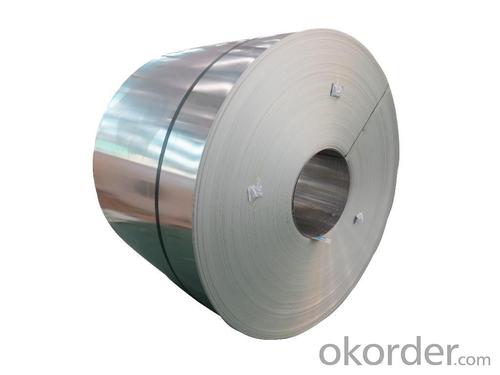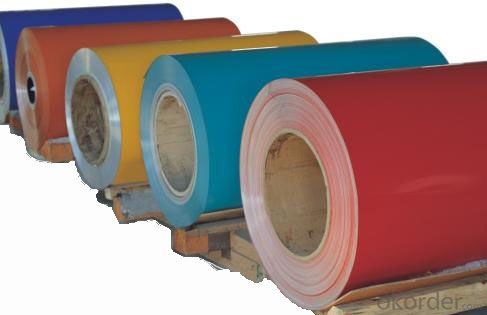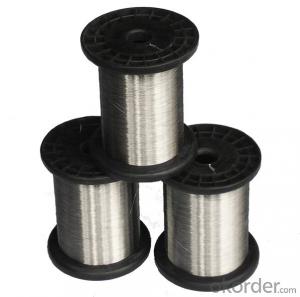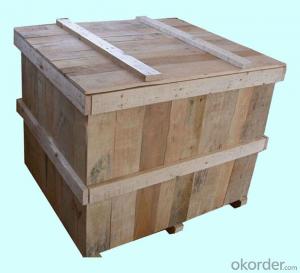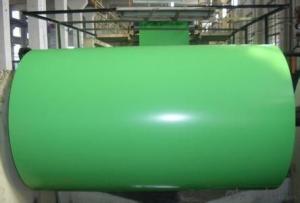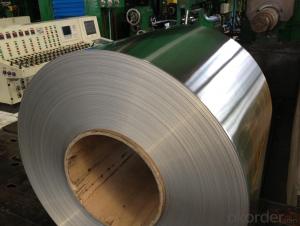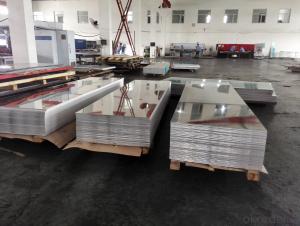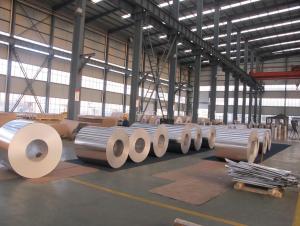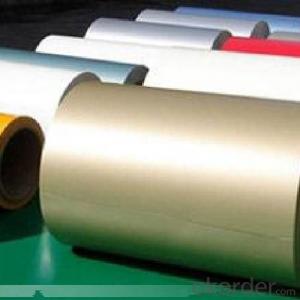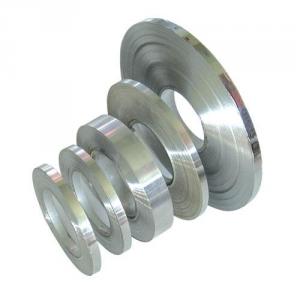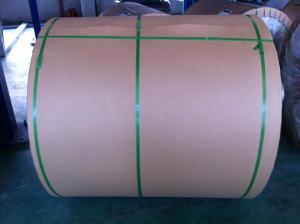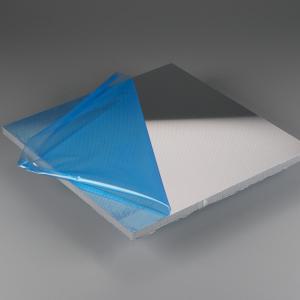China Aluminum Oxide Sandpaper Sheets for Prepainting Coated Aluminum Coils
- Loading Port:
- Shanghai
- Payment Terms:
- TT OR LC
- Min Order Qty:
- 5 m.t.
- Supply Capability:
- 20000 m.t./month
OKorder Service Pledge
OKorder Financial Service
You Might Also Like
Specification
1.Structure of Aluminium Coils for Prepainting Coated Coils
Aluminium Coils for Prepainting Coated Coils is one semi-finished aluminium material. This strip can be rolled down to aluminium coil,sheet,circle ect. The alloy AA1050 is widly used in building, industry ect. Its weight is much lower than steel. So many customers choosed aluminium material instead of steel.
2. Main features of Aluminium Coils for Prepainting Coated Coils
a.Competitive price---We have our own mills and can produce mill finished aluminium coils, so we can control the production cost better.
b.Professional after-sale service---We have more than 15 years exportation experience and you need not worry about the exporation problems.
c.Fast delivery time---We can control the delivery time within 35 days.
3. Image
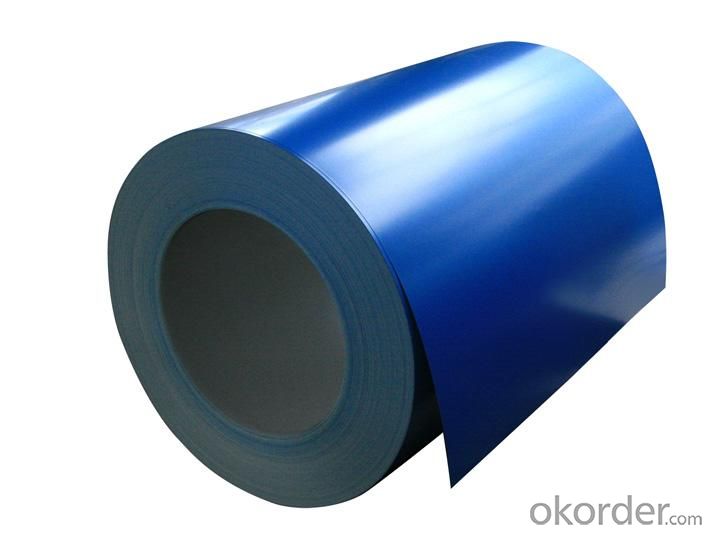
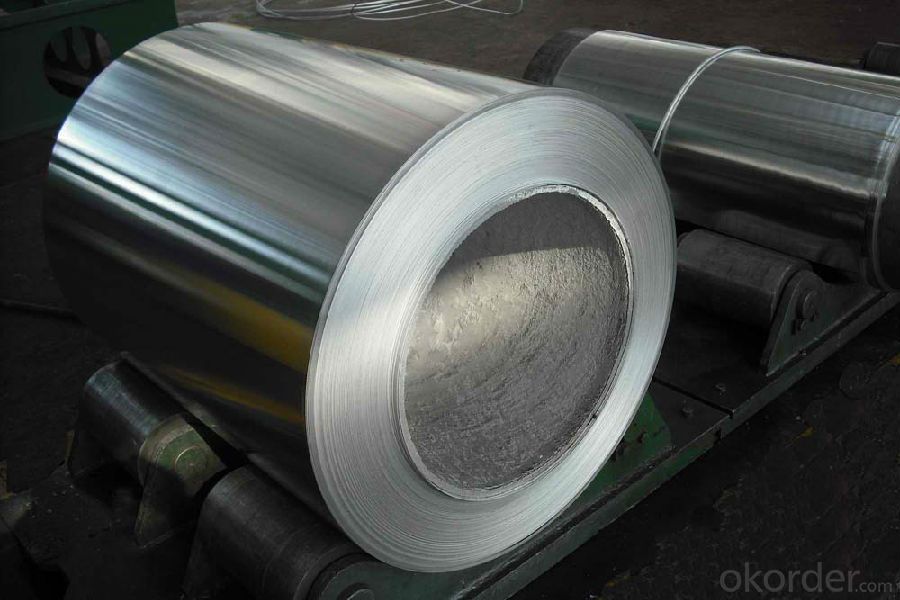
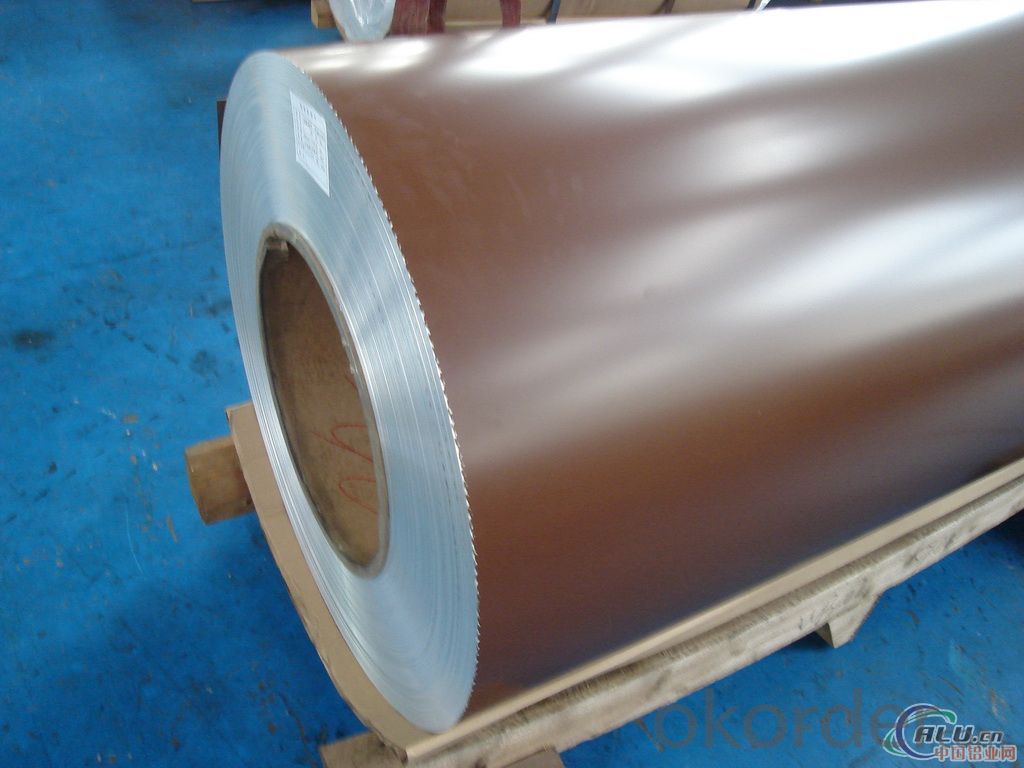
4. Product Specification
| Alloy | Temper | Thickness | Width | Weight |
| AA3003 | H14 | 0.2MM-3MM | 1000MM-1500MM | 2 TONS |
5.FAQ:
What is the quality standard?
---Usually our standard is GB3880-2006
What is the largest width?
---It is 2300mm
What is the MOQ?
---Usually we can accept 80 tons.
- Q: What are the different surface finishes available for aluminum sheet?
- There are several different surface finishes available for aluminum sheet, each offering unique aesthetic and functional properties. Some of the common surface finishes for aluminum sheet include: 1. Mill Finish: This is the most basic and widely used surface finish for aluminum sheet. It has a smooth, raw appearance with visible grain lines from the manufacturing process. 2. Brushed Finish: This finish is achieved by brushing the aluminum sheet with a fine abrasive material, creating a pattern of fine lines. It provides a satin-like appearance and is often used for decorative purposes. 3. Anodized Finish: This finish is created through an electrochemical process called anodizing, which forms a durable oxide layer on the surface of the aluminum sheet. Anodized finishes are available in various colors and offer enhanced corrosion resistance. 4. Polished Finish: This finish involves polishing the aluminum sheet to a high gloss or mirror-like surface. It provides a reflective and elegant appearance, making it suitable for decorative applications. 5. Embossed Finish: This finish involves embossing patterns or textures onto the surface of the aluminum sheet. It adds texture and visual interest to the sheet, making it ideal for architectural and decorative purposes. 6. Powder Coated Finish: In this finish, a dry powder is applied to the surface of the aluminum sheet and then heated to form a protective and decorative coating. Powder coated finishes are available in a wide range of colors and offer excellent durability and resistance to weathering. These are just a few of the many surface finishes available for aluminum sheet. The choice of finish depends on the intended application, desired appearance, and specific performance requirements.
- Q: What is the melting point of aluminum sheets?
- The melting point of aluminum sheets is approximately 660 degrees Celsius or 1220 degrees Fahrenheit.
- Q: Can aluminum sheet be used for electrical connectors?
- Indeed, aluminum sheet can be utilized for electrical connectors. Aluminum, being an excellent conductor of electricity, finds widespread usage in diverse electrical applications, connectors included. Lightweight, cost-effective, and possessing commendable thermal and electrical conductivity characteristics, aluminum proves to be an advantageous choice. Nevertheless, it is important to acknowledge that aluminum exhibits lower electrical conductivity in comparison to copper, the predominant material employed for electrical connectors. Consequently, aluminum connectors may encounter greater resistance and lower capacity for carrying current when pitted against their copper counterparts. Nevertheless, through proficient design and engineering, these limitations can be overcome, rendering aluminum sheet a viable alternative for electrical connectors in specific scenarios.
- Q: Are aluminum sheets suitable for insulation cladding?
- Yes, aluminum sheets are suitable for insulation cladding. Aluminum is a highly versatile and durable material that is commonly used in construction for various purposes, including insulation cladding. Aluminum sheets have excellent thermal properties, making them an effective barrier against heat transfer. They also have a low thermal conductivity, which means they can prevent the transfer of heat between the interior and exterior of a building, resulting in improved energy efficiency. Furthermore, aluminum is lightweight and easy to handle, which makes it convenient for installation purposes. It is also resistant to corrosion, making it a long-lasting option that can withstand various weather conditions. Additionally, aluminum sheets are available in different thicknesses, allowing for customization based on specific insulation requirements. In terms of aesthetics, aluminum sheets offer a sleek and modern appearance, enhancing the overall look of the building. They can be easily painted or coated in various colors to match the desired aesthetic design. Overall, aluminum sheets are an excellent choice for insulation cladding due to their thermal properties, durability, ease of installation, and aesthetic appeal.
- Q: Can aluminum sheets be bent without breaking?
- Yes, aluminum sheets can be bent without breaking. Aluminum is a highly malleable metal, which means it can be easily shaped and bent without fracturing or breaking. However, the degree of bendability may vary based on the thickness and alloy composition of the aluminum sheet.
- Q: Can aluminum sheets be used for architectural applications?
- Architectural applications can definitely make use of aluminum sheets. Aluminum, being a lightweight and versatile material, offers numerous advantages for architectural projects. It possesses durability, resistance to corrosion, and the ability to withstand extreme weather conditions, making it an ideal choice for different architectural applications like roofing, cladding, facades, windows, doors, and decorative elements. The availability of aluminum sheets in various thicknesses, finishes, and colors allows architects and designers to achieve their desired aesthetic while maintaining structural integrity. With the material's flexibility in being easily shaped, bent, and formed into complex designs, architects are provided with creative freedom and flexibility. Aside from its aesthetic appeal, aluminum is also an environmentally sustainable choice for architectural applications. It is highly recyclable, contributing to a high recycling rate and promoting eco-friendly options. The use of aluminum sheets in architectural projects helps in reducing the carbon footprint and promoting sustainable design practices. Moreover, aluminum sheets offer excellent thermal and acoustic properties that contribute to energy efficiency and sound insulation in buildings. The material aids in reducing energy consumption and enhancing occupant comfort, making it an attractive option for architects and building owners. In conclusion, the versatility, durability, sustainability, and aesthetic appeal of aluminum sheets make them a popular choice for architectural applications. They provide numerous benefits and can be utilized in various ways to create stunning architectural designs while ensuring long-lasting performance.
- Q: What are the safety standards for aluminum sheets utilized in construction?
- <p>Yes, there are safety standards for aluminum sheets used in construction. These standards ensure the material's quality, strength, and suitability for various applications. They include specifications for thickness, alloy type, and surface treatment. International standards such as ASTM B209 (for aluminum sheet and plate) and EN 485 (for aluminum and aluminum alloy sheets) govern the production and use of aluminum sheets in construction. Compliance with these standards is crucial for safety, durability, and to meet regulatory requirements in different regions.</p>
- Q: My mother has this idea that when her boyfriend puts coals from the wood stove in aluminum containers to warm the house that inhaling the fumes can cause Alzheimer's disease later in life. I am just curious about the truth of it.
- yes, aluminum is seriously bad, I knew a man that worked with aluminum and he was only 26 years old and his brain went completely blank. Research it.
- Q: What are the different methods of surface protection for aluminum sheet?
- There are several different methods of surface protection for aluminum sheet that can be employed to enhance its durability and resistance to various external factors. One common method is anodizing, which involves creating a thick oxide layer on the surface of the aluminum through an electrochemical process. Anodizing provides corrosion resistance, improves wear resistance, and allows for color customization through the use of dyes. Another method is powder coating, where a dry powder is applied to the aluminum surface and then heated to create a durable and protective layer. Powder coating offers excellent resistance to chemicals, UV rays, and scratches, and it also provides a wide range of color options. Laminating is another technique used to protect aluminum sheets. In this method, a thin layer of protective film is applied to the surface, acting as a barrier against scratches, dirt, and moisture. Laminating is commonly used for aluminum sheets that require temporary protection during transportation or storage. Chemical conversion coating is yet another method employed to protect aluminum surfaces. This involves treating the aluminum with a chemical solution that creates a thin layer of protective coating. The coating not only enhances corrosion resistance but also improves paint adhesion. Furthermore, clear coating can be applied to aluminum sheets to provide a protective layer without altering the appearance of the metal. Clear coatings can be either solvent-based or water-based and offer resistance against corrosion, scratches, and UV rays. Lastly, mechanical finishes such as brushing or polishing can be used to protect aluminum surfaces. These finishes create a smooth and aesthetically pleasing surface while also providing some level of protection against corrosion and wear. Overall, these various methods of surface protection for aluminum sheet offer different levels of durability, corrosion resistance, and aesthetic options, depending on the specific requirements and applications.
Send your message to us
China Aluminum Oxide Sandpaper Sheets for Prepainting Coated Aluminum Coils
- Loading Port:
- Shanghai
- Payment Terms:
- TT OR LC
- Min Order Qty:
- 5 m.t.
- Supply Capability:
- 20000 m.t./month
OKorder Service Pledge
OKorder Financial Service
Similar products
Hot products
Hot Searches
Related keywords



